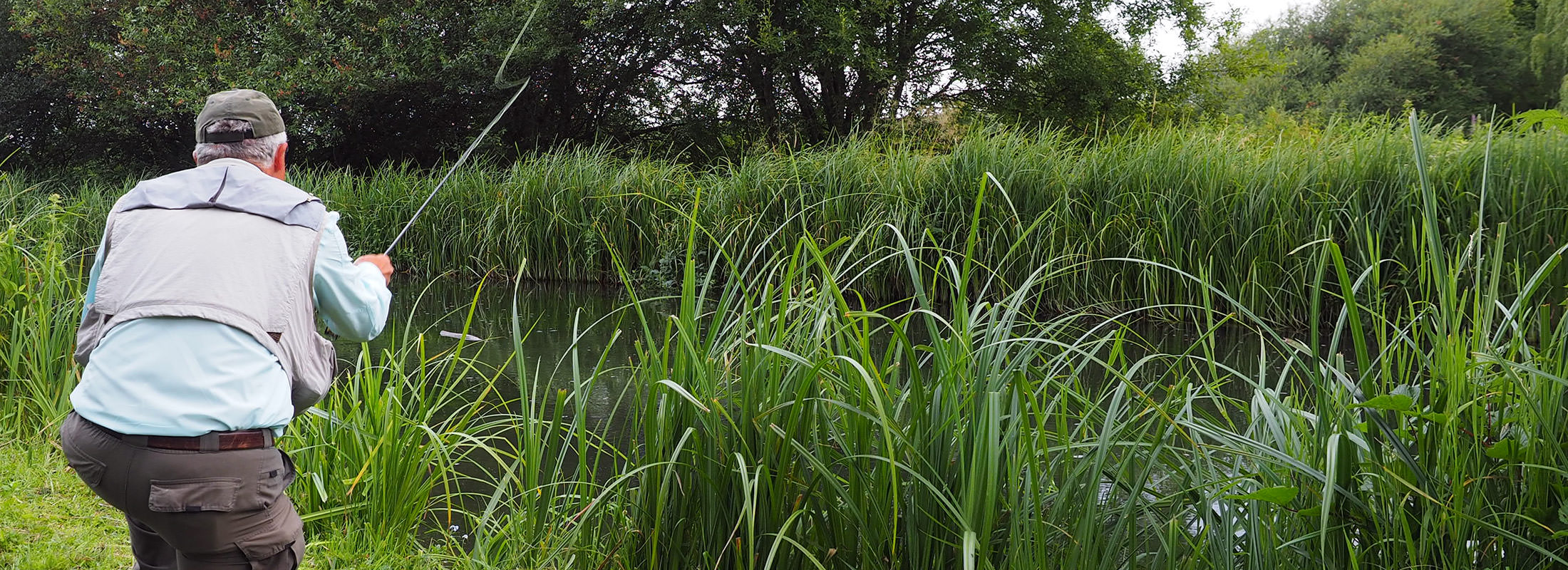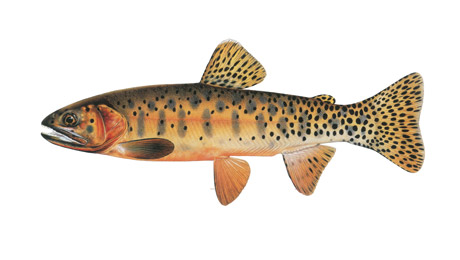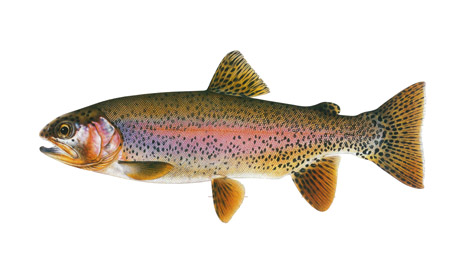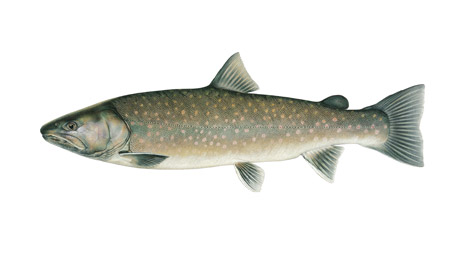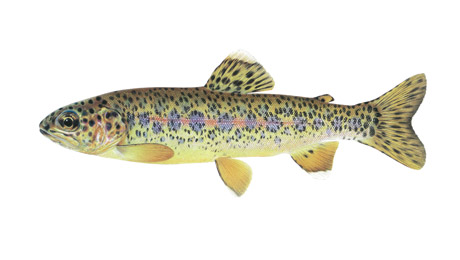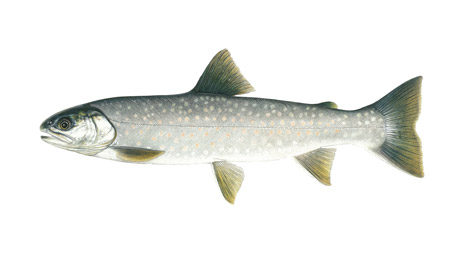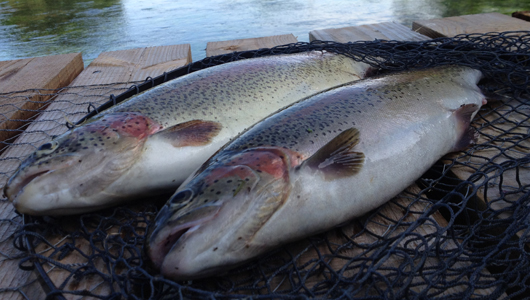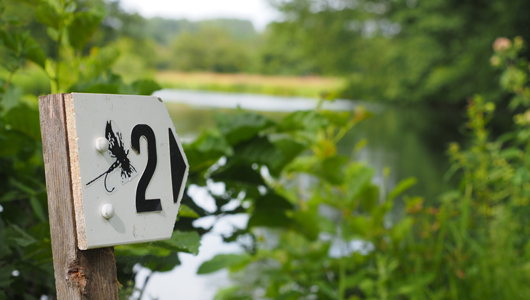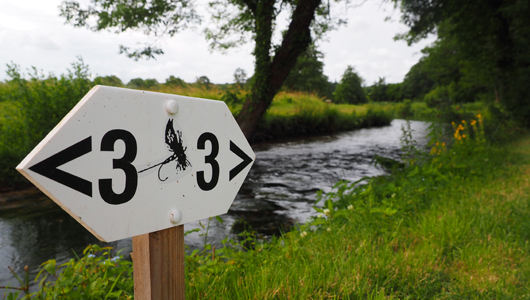2. HOW TO CATCH FISH
Salmon: artificial fly with a barbless single, double or treble hook. Spinning, worming, prawning and shrimping are not permitted.
Sea trout: fished in exactly the same ways as for brown and rainbow trout.
Brown and rainbow trout (natural or stocked): a floating fly or nymph not exceeding size 10 and of a type indigenous to the River Test, fished upstream only.
Grayling: as for brown and rainbow trout until the season for trout has closed; thereafter, dry or wet fly or upstream nymph to a particular fish until the season for grayling closes on 16th March.
Other coarse fish (principally pike and chub): all such fishing to be conducted in a sporting manner from the bank and not by wading. Rod and line only to be used. Fishing for coarse fish is only permitted after the season for trout has closed. Any member wishing to fish in the winter for grayling or coarse fish is asked to notify the fishery manager as soon as possible in the closed season for trout.




